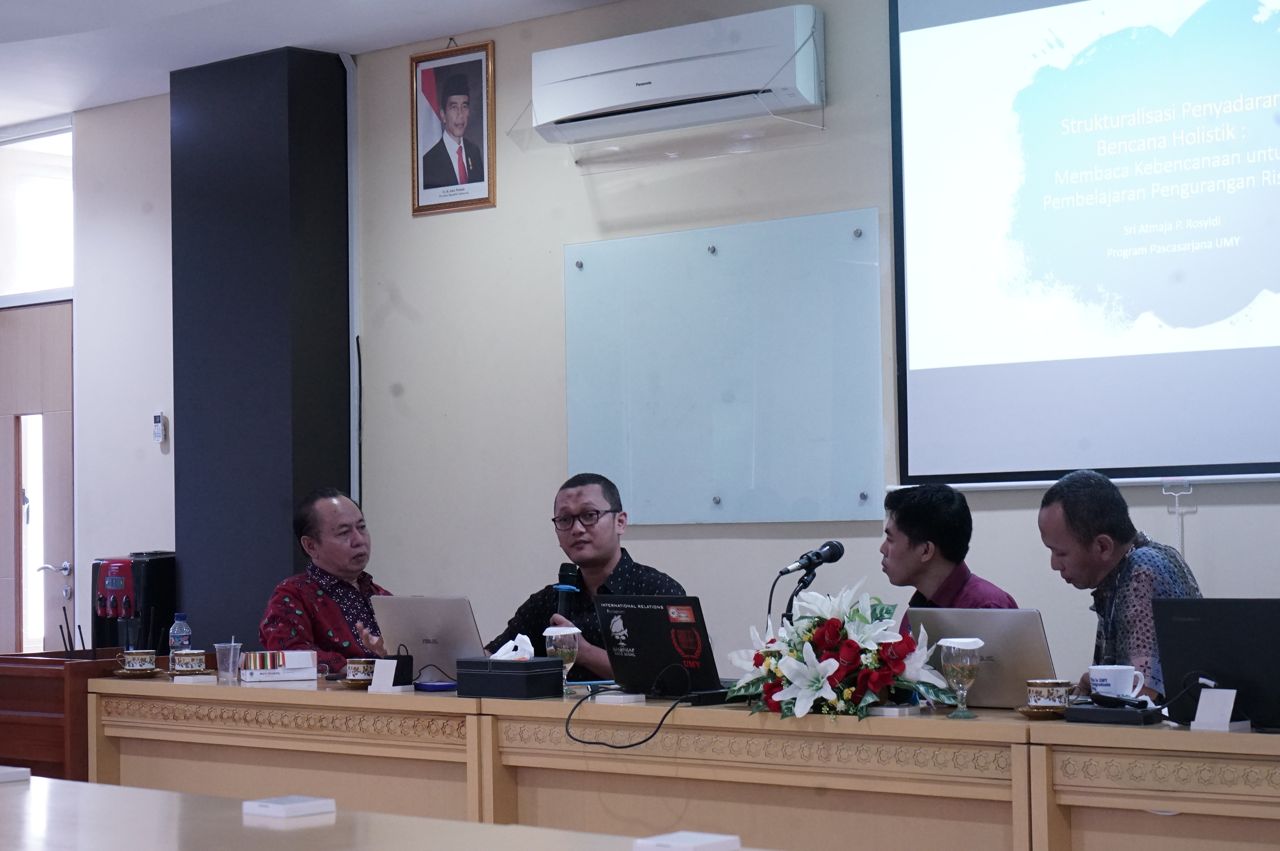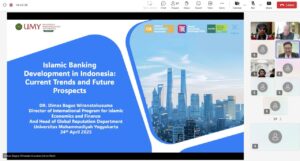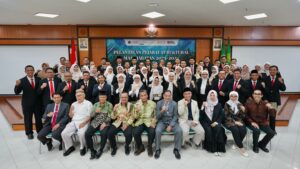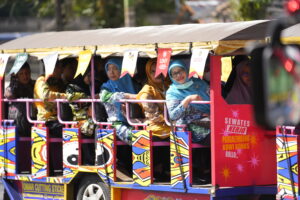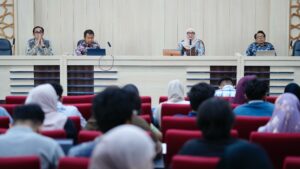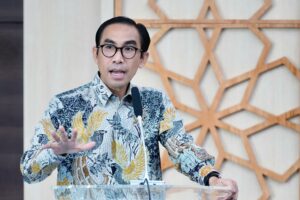Tsunami hit Sunda Strait, Pandeglang Banten and South Lampung on 22 December 2018 after two other disasters occurred in the recent five months, Palu tsunami and Lombok earthquakes killing and injuring a lot of peole. Due to the disasters, Indonesian people query how prone Indonesia is hit by disasters.
Responding the disasters, at Refleksi Akhir Tahun (Year End Reflection) 2018 and Outlook 2019 of Graduate School of UMY on Saturday (29/12) at Meeting Hall of the Graduate School, an expert at transportation, energy and environment Sri Atmaja P. Rosyidi, ST., MSc.Eng., Ph.D., P.E. discussed ‘Raising Awareness of Holistic Disasters: Understanding Disaster to Learn Risk Reduction.’
At the event raising a theme of ‘A Journey of a Nation’, Sri declared that it is impossible to prevent disaster to happen, but we may reduce the risks. One of the means is through finding formulas to construct earthquake-resistant buildings.
“Earthquakes do not always kill people and make them insecure, but the buildings do. Thus, we may not blame the disasters, but we have to commence building earthquake-resistant infrastructures. For instance, a house should not be founded on riverbanks since it will lead to a disaster. Disaster education should be provided as early as possible since Ministry of Education and Culture just designs it as it is too late,” explained Sri.
Besides, many people received misinformation about responding disasters. For example, people believed in a myth that Mt. Rinjani is no longer sacred.
“I was in Lombok for 10 days after the disaster. A socio-spiritual issue emerged due to late disaster awareness. Old people believe that climbers of Mt. Rinjani must be hallow, but now many foreign people climb the mountain. We may not decry the myth because of lack of disaster information,” told Sri who is also Director of Graduate School of UMY.
The other retardation recurred at a disaster in Anyer, Banten. Sri was sure that the victims would be less than 400 people if authorities had recognized eruption of Mt. Anak Krakatau. “If the authorities had warned people when Mt. Anak Krakatau had shown its volcano activity, the disaster might not kill more than 400 people. However, a beach visit become a program since it increase local income,” he maintained.
